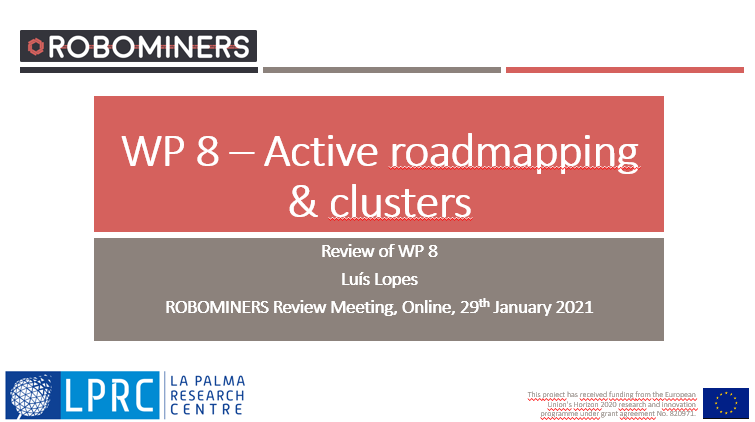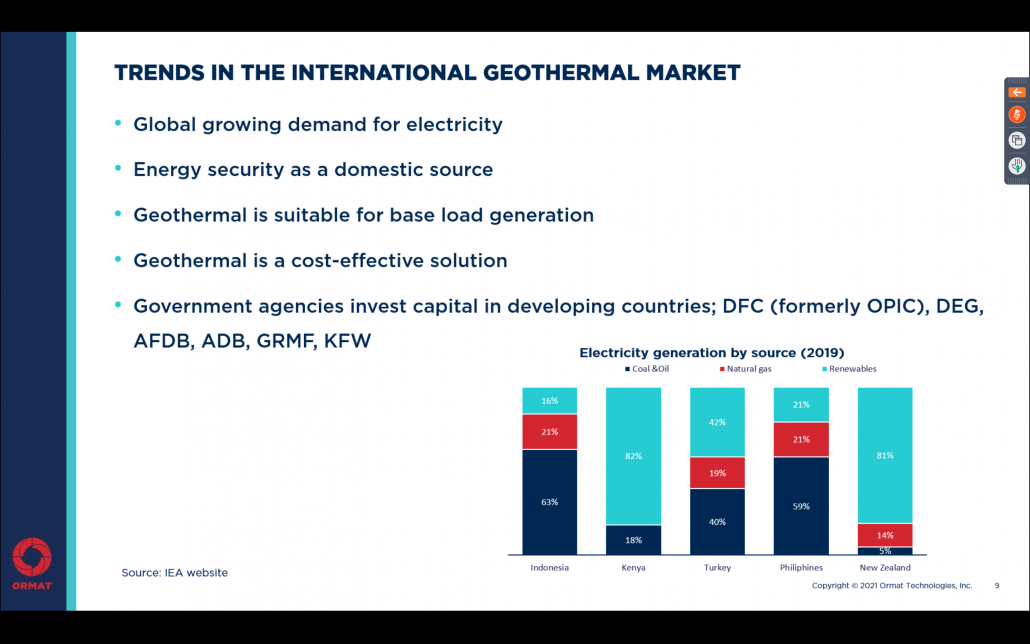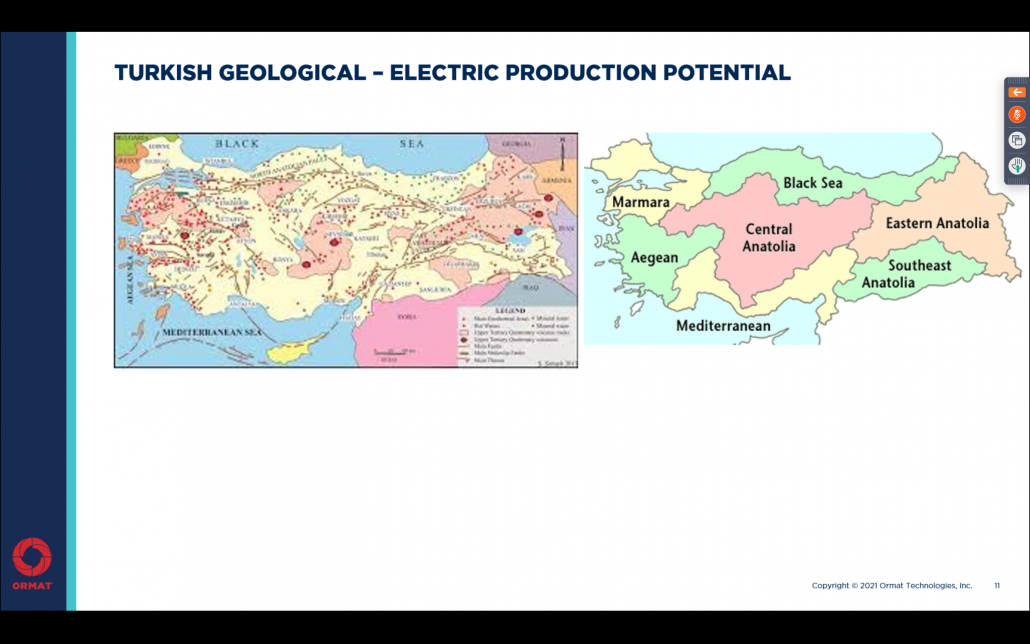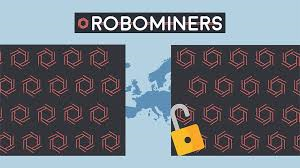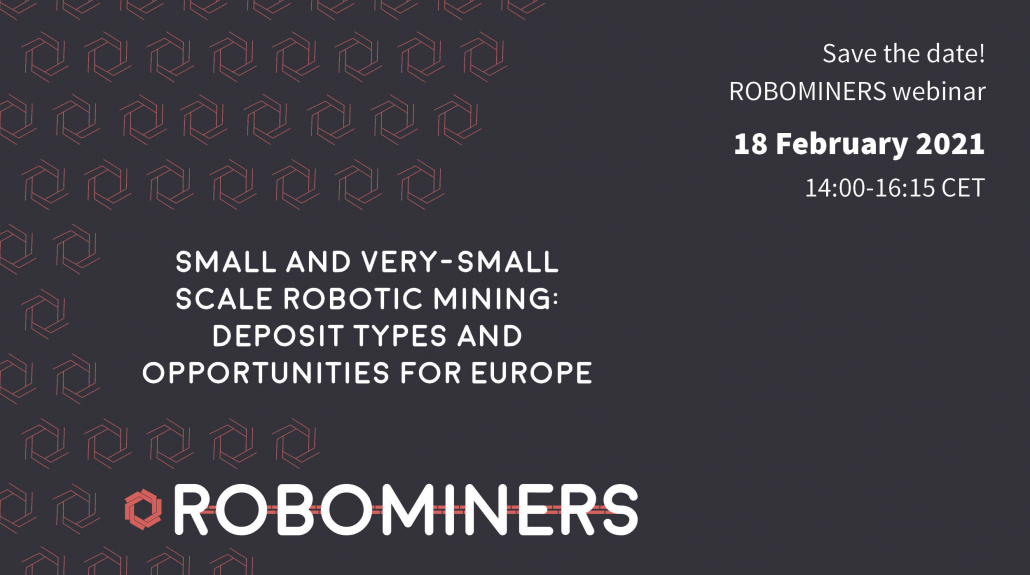LPRC participates at the GEOENVI-CROWDTHERMAL joint webinar – part 2
The recommendations coming from GEOENVI (see part 1) directly echoe the CROWDTHERMAL project’s vision for social acceptance on geothermal projects. CROWDTHERMAL identified 4 factors of public acceptance:
- Self-efficacy: Energy transition means the change of infrastructures and daily life environments. It is important to experience one’s own impact and influence within this transformation process.
- Identity: The more people can identify emotionnally with a measure, the greater their willingness to accept it. This means that infrastructure measures must also be recognised emotionally as elements of one’s own living environment. This is more likely to happen with more local stakeholders involed (regulators, SME and local communities).
- Orientation and insight: If people understand the necessity of a political decision and support the goals and means envisaged by this decision, they are more likely to accept it. Therefore, transparent information is needed about what they will face. Crucial elements are transparency about pros and cons and potential alternatives.
- Positive risk-benefit balance: Acceptance is more likely the more the planned consequences of a decision benefits oneself or related groups. This includes the perception of low or at least acceptables risks. In this context, the risk assessments of experts and those of laypersons are often not congruents.
Finally, with regard to financing of geothermal projects, CROWDTHERMAL confirmed that community funding can play an important role to initiate and support geothermal projects by raising additional funds. Especially in the early project development phases, alternative finance methods can enable more geothermal projects to be brought to life. Community funding can also achieve public engagement and increase acceptance. In the light of the massive investments needed, especially for deep geothermal power projects, community funding is yet not considered to be functional entirely on its own, but rather in combination with other (conventional) forms of finance.
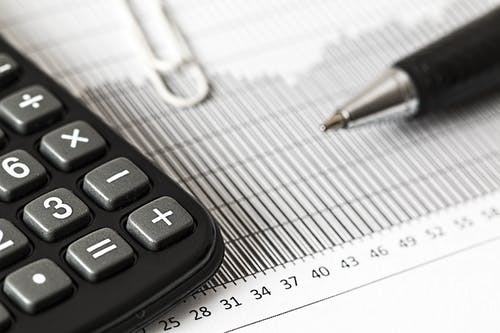
Community funding can play an important role to initiate and support geothermal projects.
The most suitable alternative finance method very much depends on the individual project characteristics and context. At the early project development stages, especially crowdfunding (shares/equity or reward-based) can be attractive options to achieve community co-ownership and to enhance project support. The high resource-related risk in the early phases leads to high return expectation of investors. Community funding is generally less risky in the construction and operation phases, but the potential returns at these stages are also less attractive.
Understanding and developing a project in a holistic way, taking into consideration technical, financial, and social dimensions as well as their interdependency is an important risk mitigation measure for project developers. It reduces the risk of interface problems and increases the chances for a Social License to Operate as well as for technical and economic success.
Further readings:
GEOENVI Recommendations for the harmonisation of geothermal environmental regulations in the EU: https://www.geoenvi.eu/publications/recommendations-for-european-harmonisation-of-geothermal-environmental-regulations-in-the-eu/
CROWDTHERMAL guidelines for Public acceptance: https://www.crowdthermalproject.eu/wp-content/uploads/2021/02/CROWDTHERMAL-D1.4.pdf
CROWTHERMAL community for renewable energy best practices in Europe: https://www.crowdthermalproject.eu/wp-content/uploads/2021/02/CROWDTHERMAL-D2.1-new-version.pdf

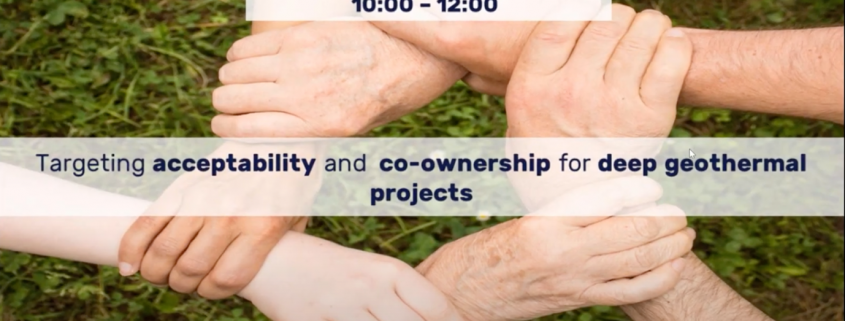
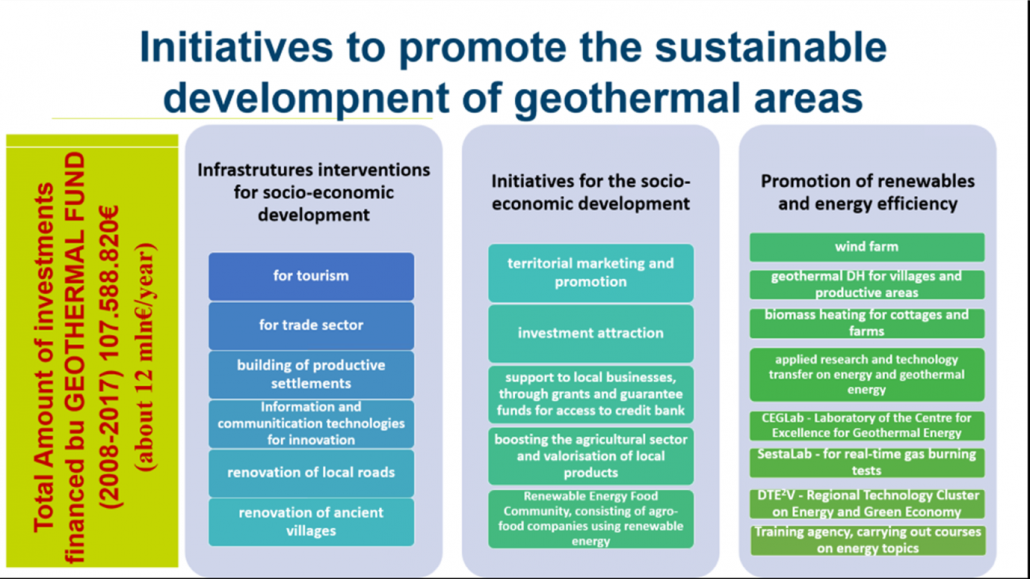
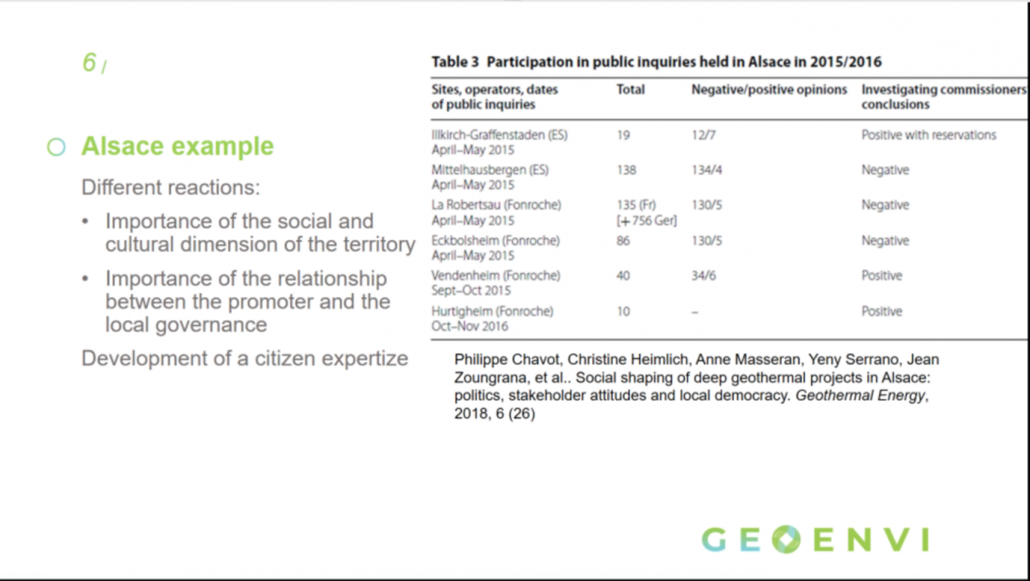

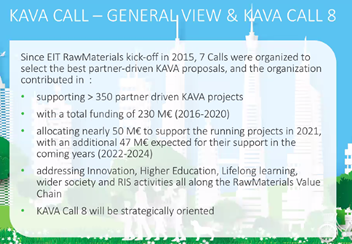
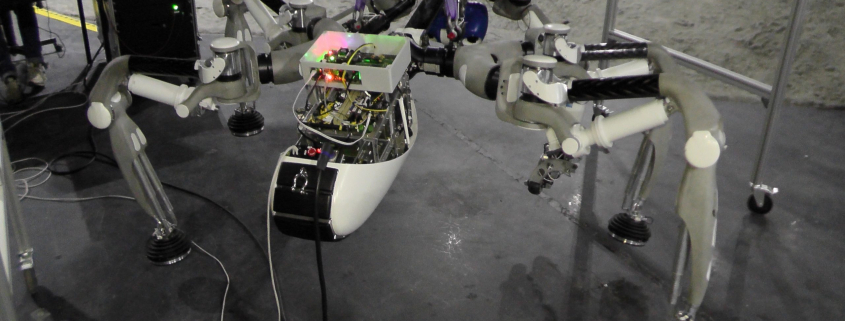 PRO-ACT
PRO-ACT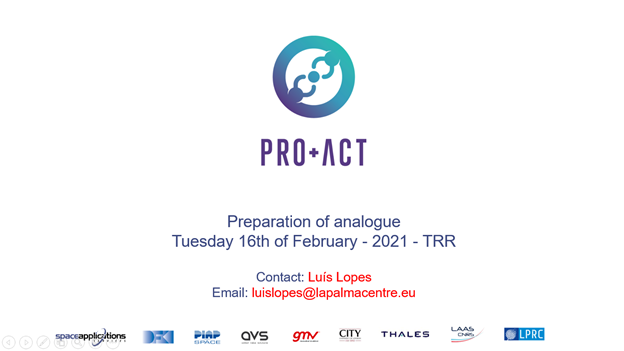
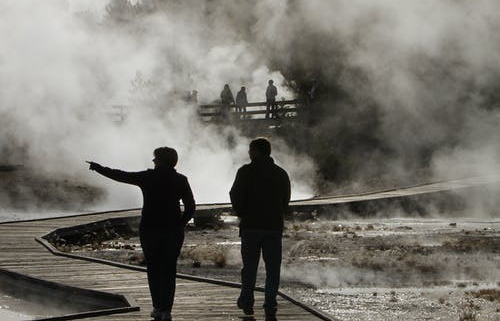
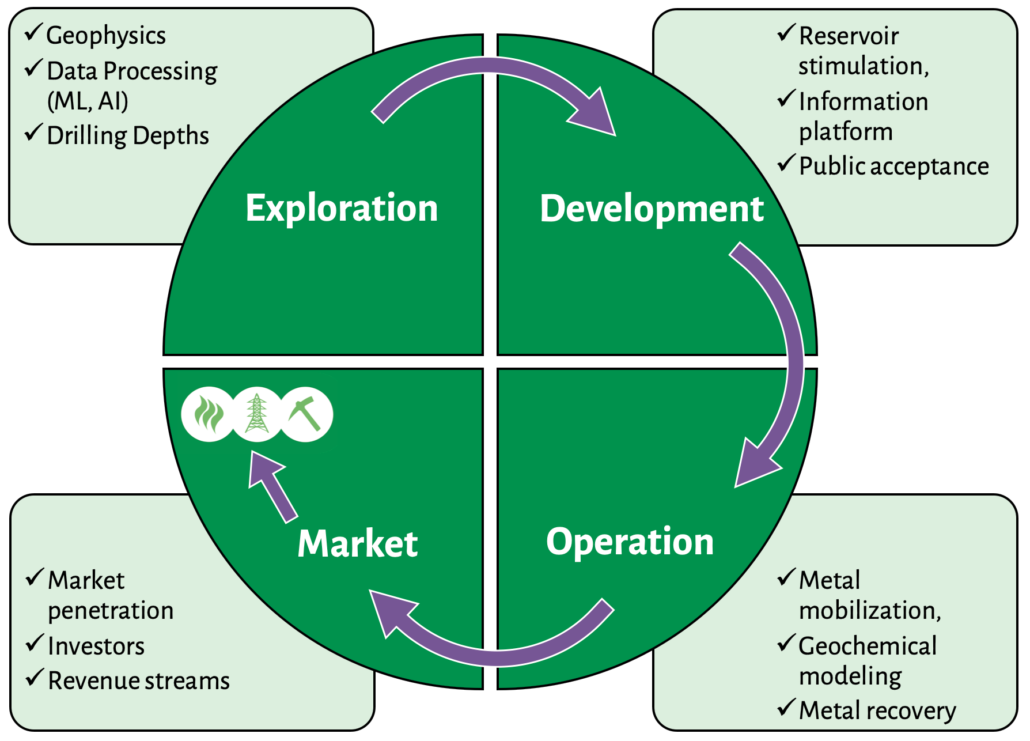

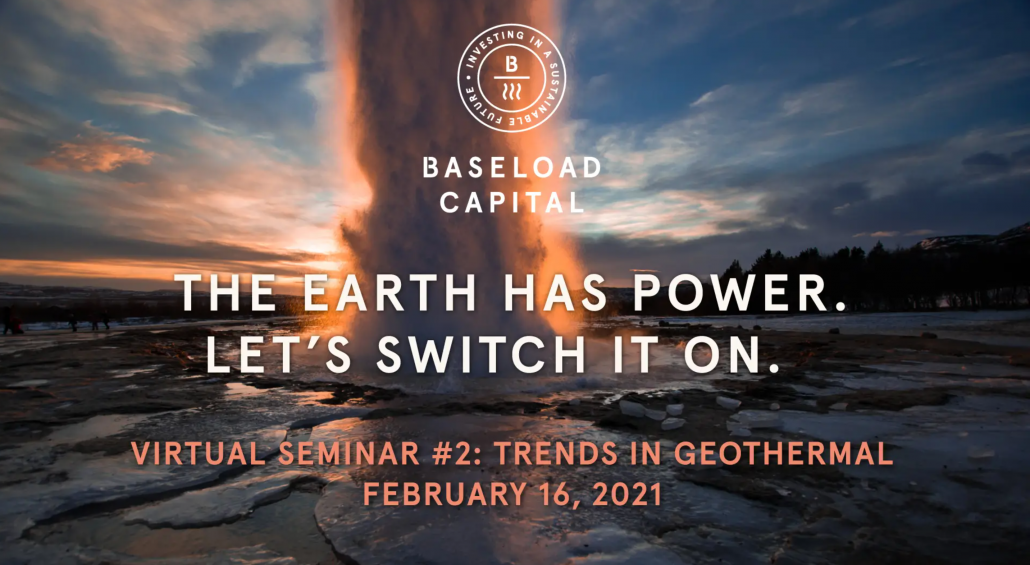
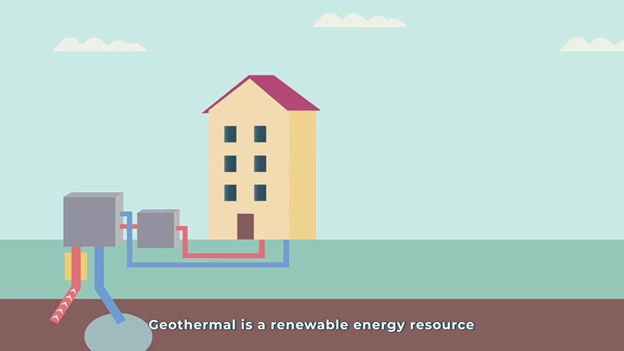
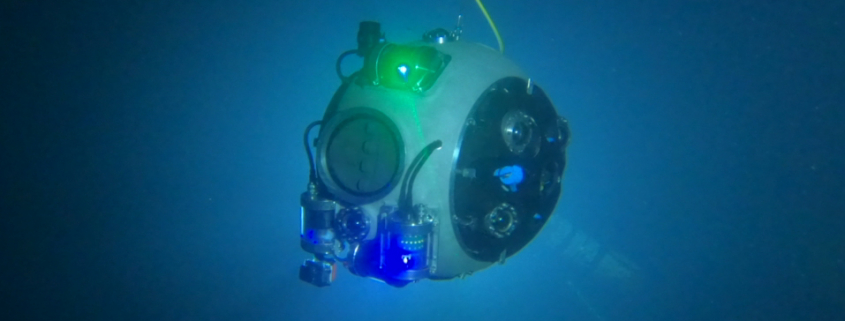 UNEXMIN GeoRobotics
UNEXMIN GeoRobotics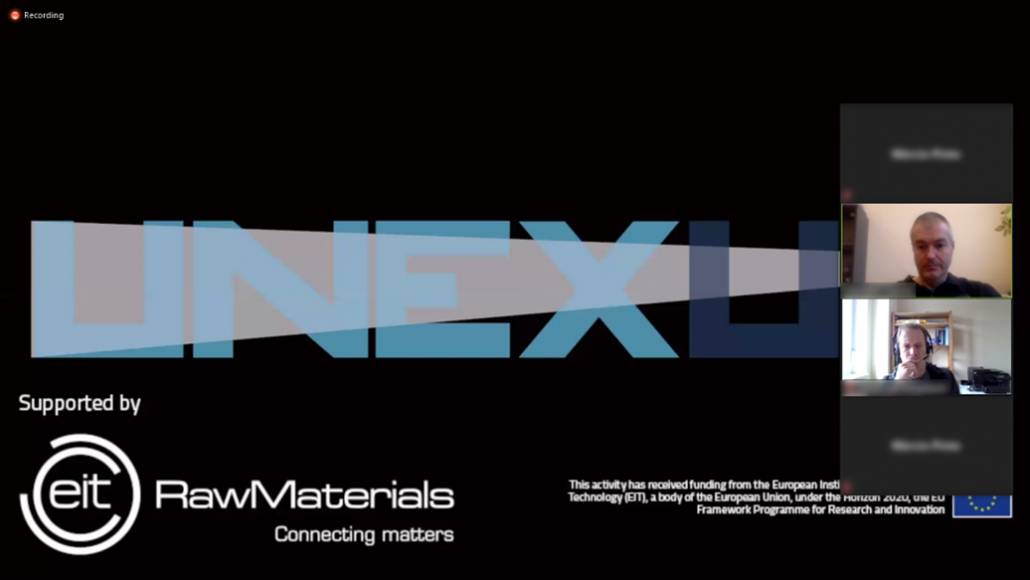
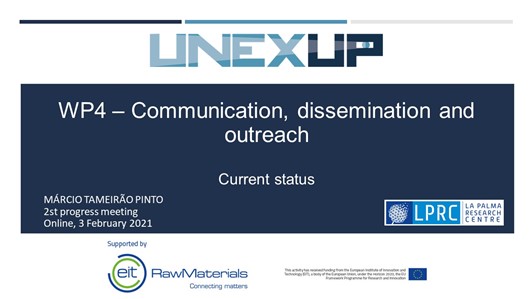
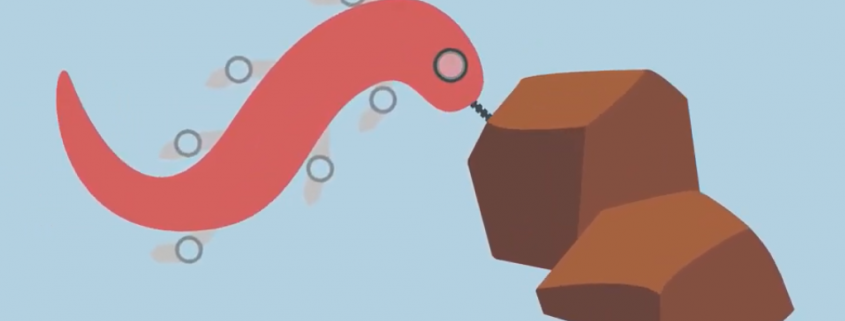 ROBOMINERS
ROBOMINERS